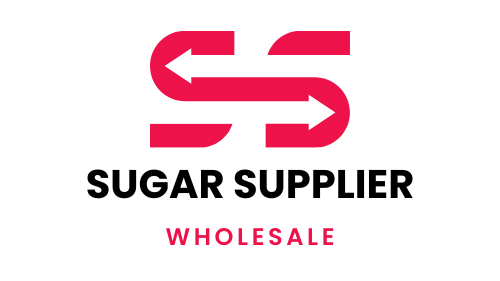Transportation costs play a pivotal role in determining the final pricing of sugar products in the market. From the sugar plantations to the store shelves, every stage of transportation incurs expenses that ultimately affect the overall cost of sugar. In this blog post, we will delve into the significance of transportation costs in sugar pricing, explore their impact on the industry, discuss strategies for cost reduction, and examine real-world examples of how businesses are navigating this challenge.
Transportation Costs
Transportation costs encompass various expenses incurred during the movement of sugar from production facilities to distribution centers and eventually to retailers. These costs include fuel, labor, vehicle maintenance, insurance, and regulatory compliance fees. The distance traveled, mode of transportation (e.g., road, rail, sea), and prevailing market conditions all influence the total transportation expenses incurred by sugar suppliers.
Impact on Pricing
The impact of transportation costs on sugar pricing is substantial. Higher transportation expenses directly contribute to increased production costs, which are eventually passed on to consumers through higher retail prices. Moreover, fluctuations in fuel prices, changes in trade policies, and disruptions in supply chains can further exacerbate transportation costs, leading to price volatility in the sugar market.
Cost Reduction Strategies
To mitigate the impact of transportation costs on sugar pricing, businesses employ various cost-reduction strategies. These strategies may include optimizing transportation routes, consolidating shipments to achieve economies of scale, negotiating favorable freight rates with carriers, and investing in efficient logistics management systems. Additionally, leveraging technology solutions such as route optimization software and real-time tracking tools can help streamline transportation operations and minimize costs.
Industry Examples
Several industry players have successfully implemented cost-reduction strategies to manage transportation expenses and maintain competitive pricing. For instance, some sugar producers have adopted intermodal transportation solutions that integrate multiple modes of transport, such as rail and trucking, to optimize efficiency and reduce costs. Others have invested in modernizing their fleet of vehicles with fuel-efficient and environmentally friendly trucks to lower fuel consumption and emissions.
Conclusion
In conclusion, the impact of transportation costs on sugar pricing is undeniable. As a critical component of the supply chain, transportation expenses significantly influence the overall cost structure of sugar products. To remain competitive in the market, businesses must proactively manage transportation costs through strategic planning, investment in technology, and collaboration with logistics partners. By optimizing transportation operations and implementing cost-reduction strategies, sugar suppliers can mitigate pricing pressures and ensure the affordability and accessibility of their products. For insights into the role of shipping regulations in the sugar trade, check out our blog post on the role of shipping regulations in the sugar trade. Additionally, to learn about innovations in sugar storage and distribution, read our blog post on innovations in sugar storage and distribution.

